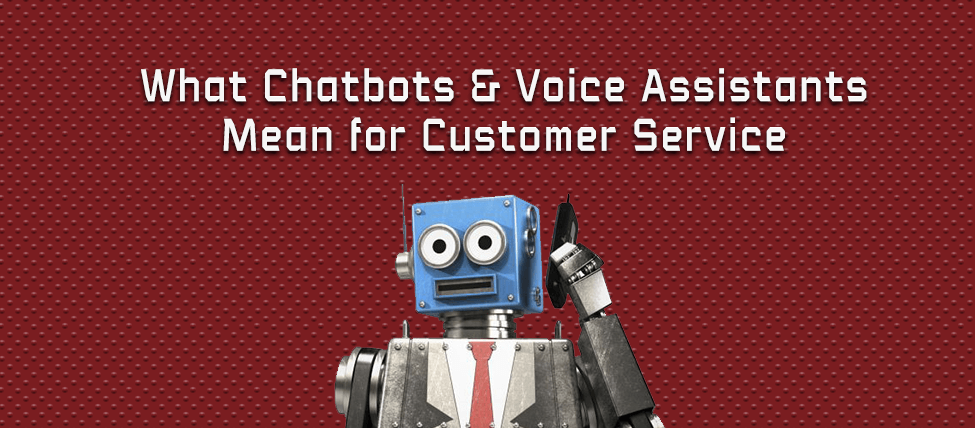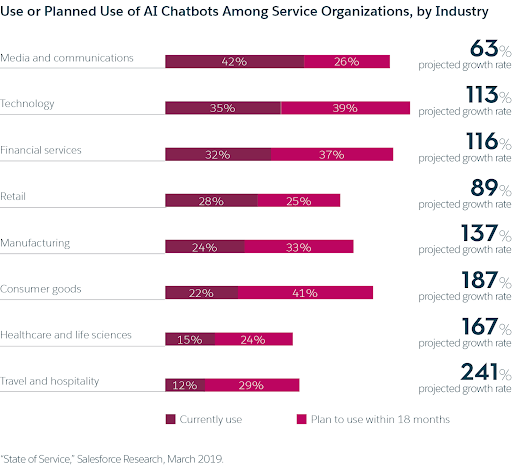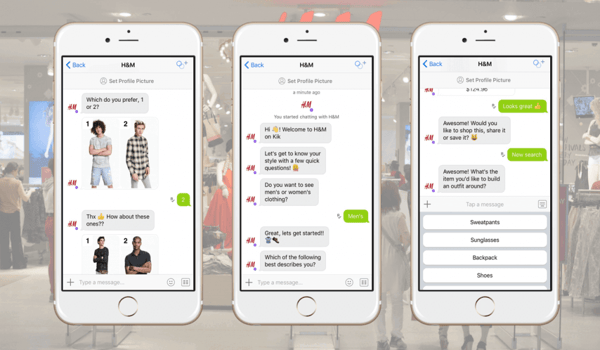Customer service is an essential element of successful businesses especially in the banking, insurance, healthcare, and retail industries. Today, artificial intelligence software and applications like multilingual chatbots and voice assistants are revamping customer service allowing businesses and brands to better serve their customers.
According to a recent report by the Capgemini Research Institute, about 70% of people will gradually use voice assistants and customer service chatbots instead of visiting a store or local bank location.
What is driving this change is the continued improvement in these AI-based applications as well as growing numbers of brands and customers who are embracing this technology.
The Quality of Chatbots and Voice Assistants
The quality of chatbots and voice assistants has come a long way. These improvements have not gone unnoticed as more and more consumers are willing to engage with chatbots and voice assistants.
In 2019, 72% of people who use voice assistants like Apple’s Siri or Amazon’s Alexa, for example, were satisfied with their interactions, compared to just 61% back in 2017. Furthermore, customer satisfaction among user of voice assistants via smart speakers has also increased from 46% in 2017 to 64% in 2019.
Willingness to Use Chatbots & Voice Assistants
Businesses across a variety of industries are positioning themselves to take advantage of voice-based assistants and chatbots. The use of chatbots is expected to grow by 116% in the financial services industry, 241% in the hospitality and tourism industry, and 167% in the healthcare industry.
Today, consumers have a fairly positive view of this AI-based technology and, as such, are willing to use chatbots and voice-based assistants. According to a survey by Gartner, nearly 80% of consumers see chatbots as providing a higher level of customer service care.
Surveyed consumers also revealed that their willingness to use chatbots is based on the ability to interact with chatbots 24/7 (48%), not having to wait to speak to a customer service representative on the telephone (46%), and having their questions answered faster (37%).
The Impact of Customer Service Chatbots & Voice Assistants
Customer service chatbots and voice assistants allow businesses to serve customers around the clock. The ability to provide consumers with important information quickly or handle straight forward requests in a shorter amount of time are also major benefits.
Customer service chatbots and voice assistants also improve the overall efficiency of customer service teams while also reducing costs. In the banking industry, for example, 90% of customer interactions can be automated using chatbots.
When chatbots and voice assistants can manage a number of routine tasks, brands can use their time more wisely directing their workers to more complex or value-added tasks. In the end, this will enable banks to run more efficiently and reduce operating costs in the process.
In retail, AI-based chatbots can also improve the marketing and sales channels by providing consumers with personalized interactions. Voice assistants, in particular, will play a key role in the retail industry. According to Juniper, voice commerce will continue to grow, eventually reaching more than $80 billion per year by 2023.
Across all industries, AI-based chatbots are expected to reduce customer service costs by 30%.
Multilingual chatbots and voice assistants also provide businesses with the resource they need to serve diverse markets or customer bases where more than one language is spoken. Airline companies in particular stand to benefit from multilingual chatbots or voice assistants since they often serve international markets.
Despite the benefits of this technology, it would be irresponsible not to note that many studies and surveys do highlight some of the limitations of chatbot and voice-based assistants.
Chatbot & Voice Assistant Challenges
Despite the potential of chatbots and voice assistants, the major challenge is the ability of this technology to properly understand and respond to customers’ inquiries in a timely manner.
One of the reasons for this is the fact that AI chatbots and voice assistants need to be able to understand the way customers speak and write. Since language is fluid, it is necessary to develop robust chatbots and voice assistants that can truly understand what is being asked or said.
Case Study: Testing A Multilingual Chatbot
A survey of companies using AI chatbots highlights some of the problems that can limit the effectiveness of this technology. For example, 59% of respondents revealed that chatbots often failed to understand the nuances of language. An additional 30% of respondents indicated that chatbots inaccurately executed commands, while 29% reported that chatbots experienced difficulties understanding accents.
Since building chatbots and voice assistants that are capable of understanding the nuances of human speech, accents, different languages, etc., is extremely difficult, it is important to execute thorough Quality Assurance (QA) test campaigns.
How to Test Chatbots and Voice Assistants
QA tests play a vital role uncovering bugs and anomalies that can render a chatbot ineffective and lead to poor experiences for your customers and a backlog of work for your company.
Test cases need to validate the ability of the chatbot or voice assistant to execute specific actions that are crucial to its success. Actions such as booking an appointment, initiating a return or exchange, placing an order online, or requesting certain product information are all examples of actions or test cases that must be validated before launching a chatbot or voice assistant.
The ability of a chatbot or voice assistant to respond to general inquiries should also be tested. These exploratory tests are an important measure of how well a chatbot or voice assistant can properly interact with customers.
A challenge associated with an exploratory test for a chatbot or voice assistant is the large volume of questions required to asses chatbot or voice assistant. Language can be an additional challenge when it comes to testing multilingual chatbots and voice assistants that needs to serve diverse or international markets.
To learn more about chatbot testing, please do not hesitate to read the case study below that details the QA challenges and solutions during a test campaign for a multilingual chatbot.









